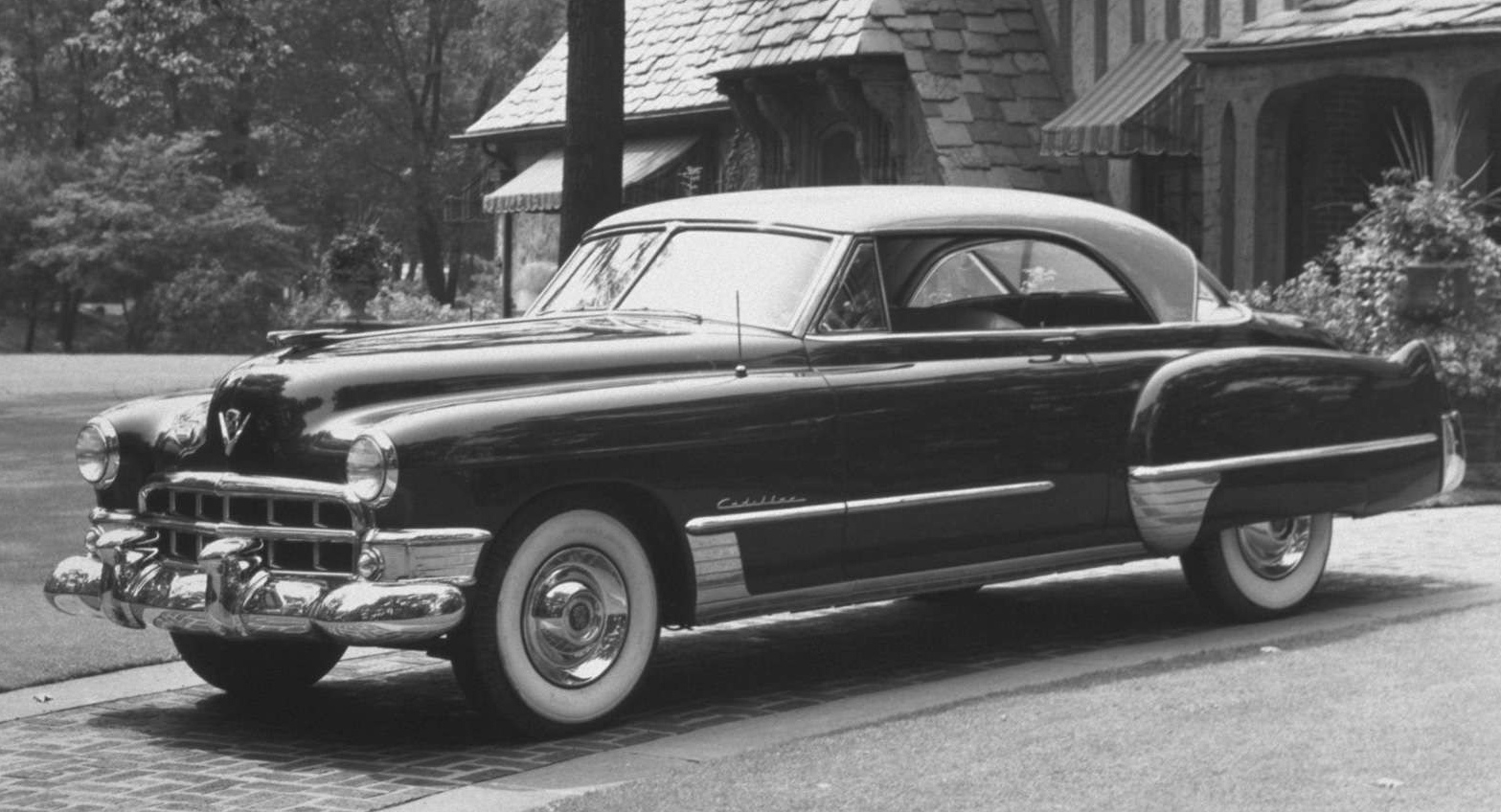More background information can be found here. The Wikipedia entry in the link notes that the 1981 Town Car was smaller and lighter than the largest Lincolns of 1980. Even so, it was still comparatively large. Its extreme "three-box" hard-edge, rectangular styling provided a crisp appearance, and the passenger compartment greenhouse accounted for a good share of the car's height, providing visual lightness. Nevertheless, there were defects, as I indicate below.
1982 Lincoln Town Car advertisement. The Town Car had a distinctly rectilinear theme beginning with its "three-box" body style. This frontal view shows its rectangular grille framed by rectangular quad headlights. Ford Motor Company began its switch to aerodynamic designs with its 1983 Thunderbird and Lincoln Continental Mark VII and the 1984 Ford Tempo.
Rear three-quarter view of a 1981 Town Car. Like the car in the first photo, it has vinyl covering over the rear part of its top. The body was shared with Ford the Ford LTD Crown Victoria and Mercury Grand Marquis, all of which featured the small slit of a trailing side window. The rectangular theme was relieved by the round wheel openings, a nice touch.
Another rear 3/4 image, this of a Town Car Coupe. This offers a better view of how the near-relentless rectangular theme played out on the rear of the car.
I find the Town Car's proportions awkward, the most objectionable aspect being the long front overhang that is emphasized by the positioning of the front wheels fairly close to the cowl and leading edge of he front door. Rear overhang was also large, giving the car a less-than-solid visual stance despite its 117.3-inch (2979 mm) wheelbase. The length was 219.2 inches (5568 mm), meaning that total overhang was about 46.5 percent of the overall length of the car.





















































